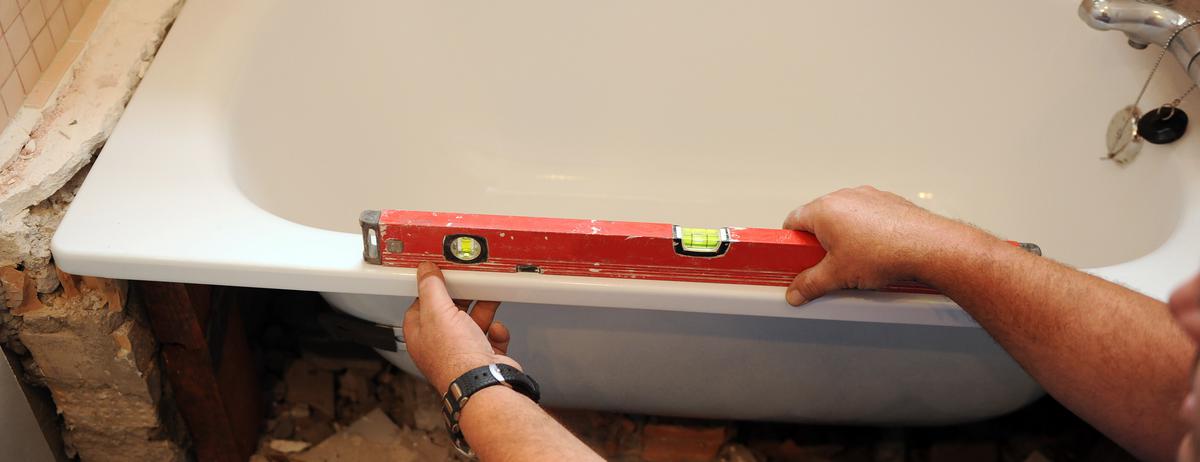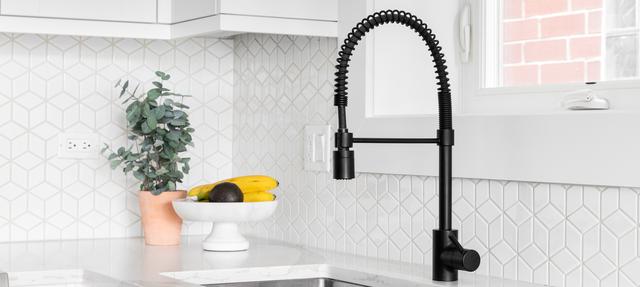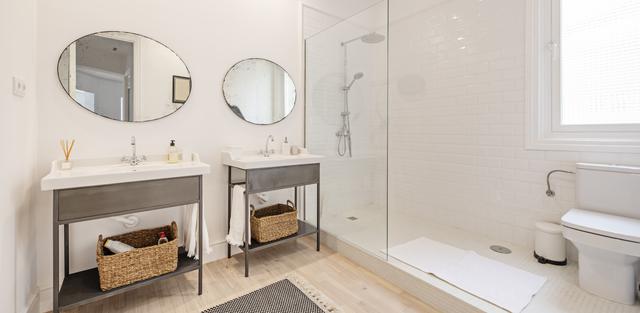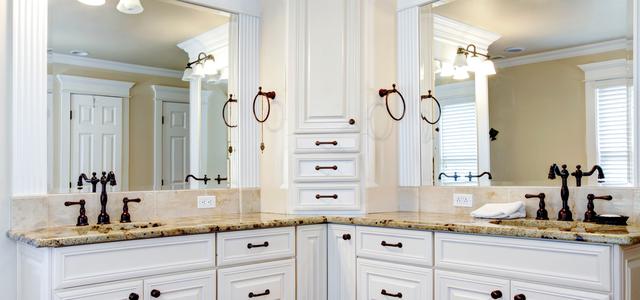Resurfacing your bathtub can be a cost-effective and efficient way to give your bathroom a fresh new look. It involves applying a new surface to your existing bathtub to cover up any scratches, stains, or other imperfections. If you're planning to resurface your bathtub, it's important to have the right materials on hand to ensure a successful outcome. In this article, we'll take a closer look at the materials needed when resurfacing a bathtub and provide some tips to help you get the job done right.
Bathtub Resurfacing Materials
Here are some of the key materials you'll need when resurfacing your bathtub:
- Bathtub Resurfacing Kit: The most important material you'll need is a bathtub resurfacing kit. This kit typically includes a cleaning solution, an etching solution, a bonding agent, and a topcoat. Choose a kit that's designed for your specific type of bathtub, such as porcelain, fiberglass, or acrylic.
- Cleaning Supplies: Before you begin resurfacing your bathtub, you'll need to thoroughly clean it. This may involve using a bathtub cleaner, a scrub brush, and a sponge or rag. Make sure to remove any soap scum, dirt, or grime before proceeding.
- Sandpaper: You may also need sandpaper to smooth out any rough spots or imperfections on your bathtub's surface. Use a fine-grit sandpaper and be gentle, as you don't want to damage the surface of your bathtub.
- Painters Tape: To protect any areas of your bathroom that you don't want to get paint on, use painter's tape to cover them up. This may include your shower head, faucet, or tile.
- Respirator Mask: When working with resurfacing materials, it's important to protect your lungs. Wear a respirator mask to avoid breathing in any fumes or dust.
- Drop Cloth: To protect your bathroom floor from any spills or drips, use a drop cloth or old sheet.
Resurfacing Your Bathtub: Tips for Success
Now that you know what materials you'll need, here are some tips to help you achieve a successful bathtub resurfacing project:
- Follow the Instructions: Make sure to carefully read and follow the instructions included with your bathtub resurfacing kit. Each kit may have slightly different steps and requirements.
- Proper Ventilation: When resurfacing your bathtub, make sure to open a window or turn on a fan to provide proper ventilation. The fumes from resurfacing materials can be harmful if inhaled in large amounts.
- Allow Proper Drying Time: After applying the topcoat, make sure to allow it to dry completely before using your bathtub again. This may take anywhere from 24 to 48 hours, depending on the kit you're using.
- Be Careful with Cleaning: Once your bathtub has been resurfaced, be careful not to use abrasive cleaners or scrubbers that could damage the surface. Instead, use a gentle cleaner and soft cloth to keep your bathtub looking its best.
Resurfacing your bathtub can be a great way to update your bathroom without breaking the bank. By having the right materials on hand and following these tips, you can achieve a beautiful, durable finish that will last for years to come.






comments